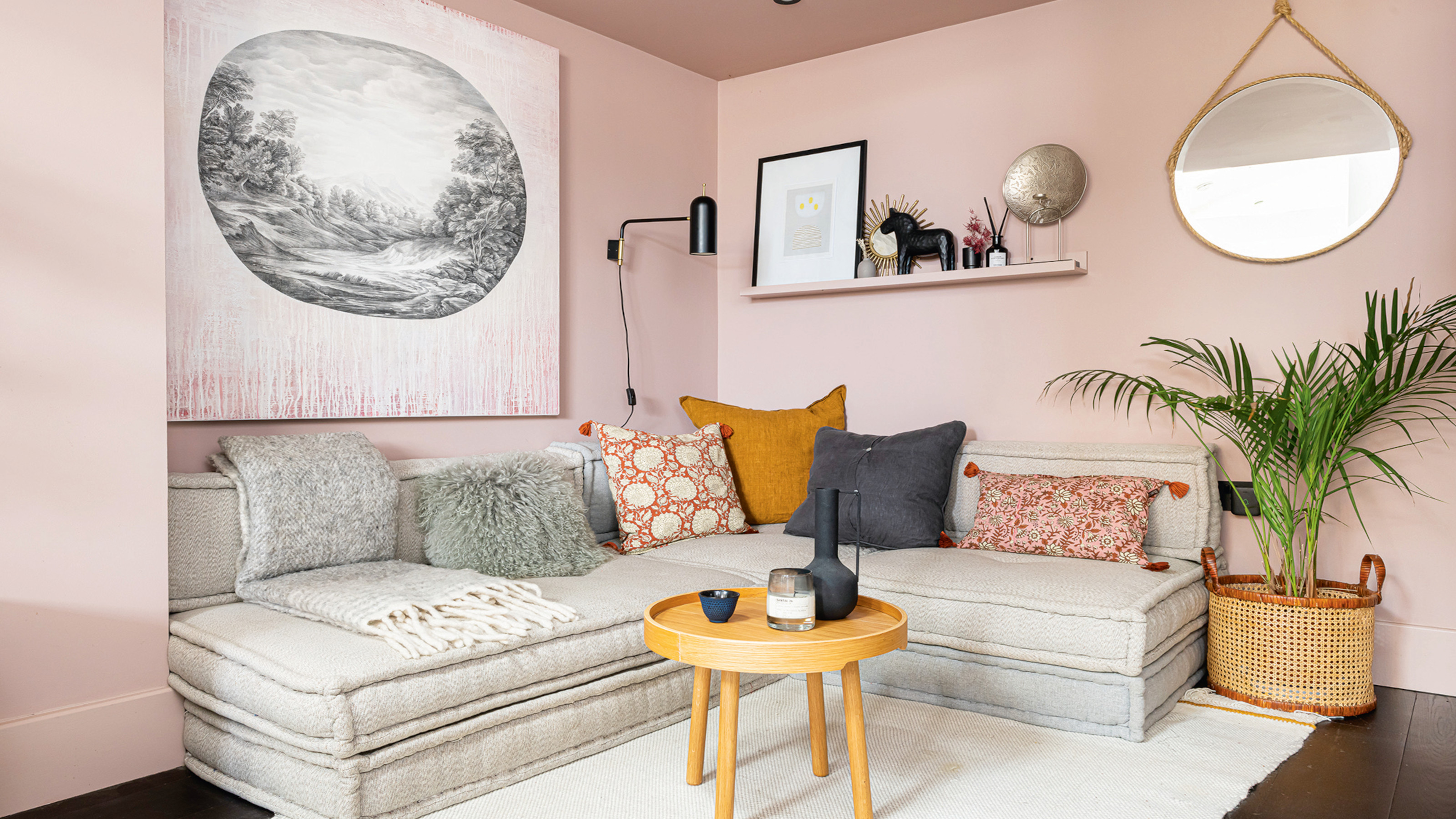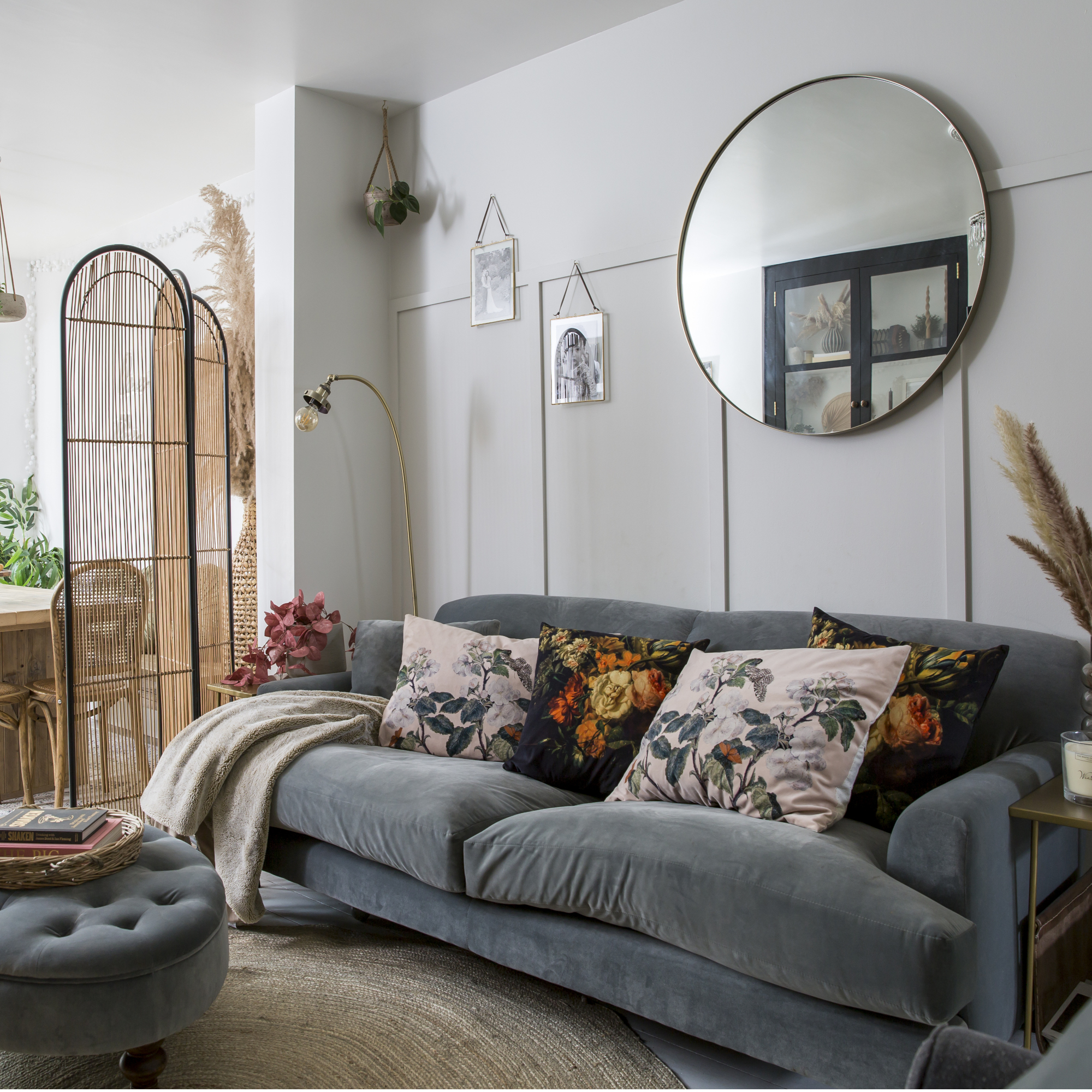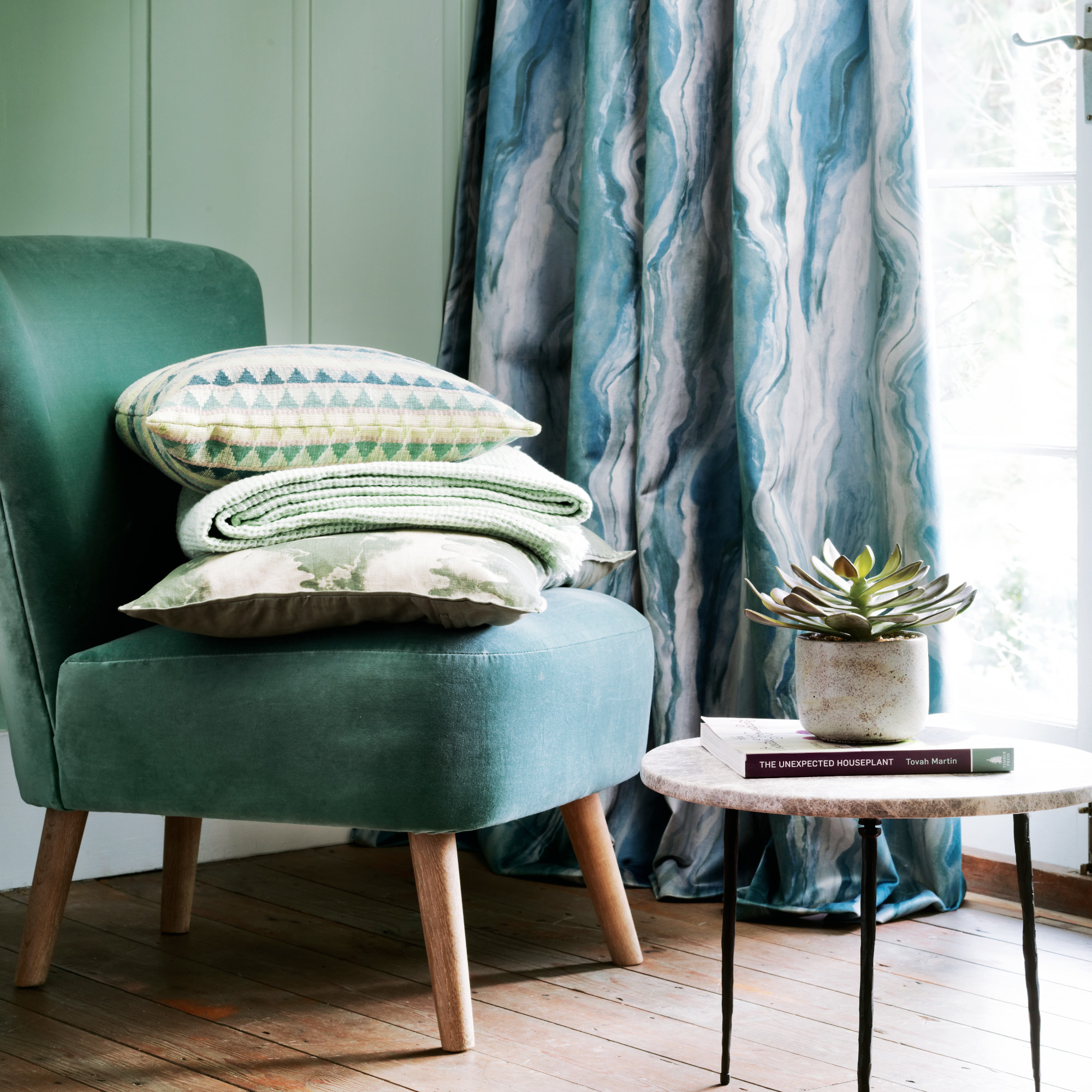How to clean upholstery for a good as new finish
Discover the top tips to clean your upholstery, from sofas to armchairs

Imani Cottrell

How to clean your upholstery is often something that you don’t think about until that unfortunate accident happens and all of a sudden you’re googling how to get pasta sauce out of your sofa. Your upholstery can see lots of wear and tear over time and especially if you have children or pets who are often a mess waiting to happen.
Accidents happen all the time as part of living a busy life in the home, so giving your couch a good clean, can breathe new life into it and ensure you have the perfect sofa for every setting. Even if the worst doesn’t happen, your upholstery builds up dirt and dust over time so it needs a good refresh every now and then.
Cleaning your upholstery is often something you can do yourself and with the best upholstery cleaners you can make your item look brand new.
'The best way to clean an upholstered sofa will differ depending on which fabric the sofa has been upholstered with,' says Kelly Collins, interior designer and head of creative at Swyft Home. 'Velvet, linen and bouclé upholstery might make you panic over stains, but when cared for and dealt with correctly, these fabrics can be surprisingly easy to clean up.’
How to clean upholstery
Kelly Collins from Swyft Home says when it comes to how to clean upholstery, the first thing to do is to stay calm and not panic because that is when mistakes can be made and any accidents can be made worse.

To keep your best sofa looking good, Karl Huckerby, cleaning expert from Spare and Square advises, ‘Always follow the care instructions on individual furnishings, and do a patch test on the furnishing before using harsh products.'
Some materials are more delicate than others, for example when it comes to cleaning a linen sofa you need to be careful about adding liquid as the fabric is prone to water stains. The tag underneath the couch helps you know the best cleaning guidelines.
Sign up to our newsletter for style inspiration, real homes, project and garden advice and shopping know-how
- Code W means the fabric needs to be cleaned with water based cleaning products.
- Code S means you can only dry clean it or use water free cleaning solvents.
- Code W-S means the fabric can be cleaned with water or solvent based products.
- Code X means avoid any cleaning agent and it should be vacuumed or handled by a professional only.
1. Remove any dirt or debris
After the arduous task of how to choose a sofa, so you'll want to keep it in good condition long-term (even if that's just to put off choosing a new sofa any time soon). When it comes to how to clean upholstery start by removing any cushions and throws and gently vacuum your sofa with a soft brush or upholstery attachment to remove any dirt or dust.

Pay close attention to the front of the arms of the sofa and the deep folds of your sofa. You can vacuum both fabric and leather sofas to remove things like hair, fluff and any pesky crumbs. The best vacuum cleaners come with a crevice tool to get right into any corners and hard-to-reach areas near the seams and button nooks.
‘For stains like mud, ketchup, lipstick or silly putty, you’ll need to grab a teaspoon and first remove any stain residue with the edge of the spoon,’ says Kelly Collins from Swyft Home.
2. Spot clean any stains
Kelly Collins from Swyft Home recommends using water to begin the stain removal process. ‘Using a white paper towel, apply water to the stain and blot. Do not use circular motions as this will only rip your paper towel and drive the fibres from it into your fabric. It could also potentially make the stain worse. Blotting is time-consuming but highly effective so repeat the process, gently dabbing at the stain until you can’t see it on the paper towel anymore.’
If pure water hasn’t removed the stain, cleaning with vinegar is a great natural stain remover and is suitable for most types of upholstery. Begin by mixing equal parts water and vinegar and then blot the stain with a clean microfibre cloth before using gentle circular motions. To remove the vinegar smell, mix a mild detergent with lukewarm water and go over the area where you used the vinegar.

For extra stubborn stains use a white bar of soap or specialised upholstery cleaner, but make sure to check your manufacturer's care guide. With leather upholstery extra care may need to be taken, it is best to avoid detergents or antibacterial sprays because any type of alcohol can affect the leather’s surface. The best option is to use a hot cloth and a cleaning product approved by the manufacturer, those with a balanced PH will be kindest to the material.
Lastly, leave it to air dry, Kelly Collins from Swyft Home stresses the importance of this, ‘You don’t want to use a hairdryer or apply heat to the stain in any way as this could embed the stain into the fibres.’
3. Remove any smells

While your sofa or armchair might look lovely and clean on the outside. Deep down its fibres may be holding onto smells from things such as cooking and pets. Simply sprinkle some bicarbonate of soda onto the upholstery and leave it for a few hours to let it absorb all the smells and then vacuum it off.
What is the best way to keep upholstery clean?
Karl Huckerby from Spare and Square says, 'Disallow pets from scratching any soft furnishings. Tears and rips made by pets instantly make any piece of furniture look old and run down, so preventing them from getting their claws into anything is vital.'
'Use blankets and throws to protect upholstery,' suggests Karl. 'Placing blankets or throws over the likes of sofas and chairs is a great way to create a barrier between us and the upholstery. This will also mean that less washing of the actual furniture needs to be done, and instead, you can just throw the blanket cover in the wash.
‘Don’t use chairs and sofas as step stools. It might sound obvious, but you might often find yourself standing on a piece of furniture to reach a higher part of the room to place a piece of art or furniture. This will only damage the upholstery and also could be dangerous.’

Millie Hurst was Senior Content Editor at Ideal Home from 2020-2022, and is now Section Editor at Homes & Gardens. Before stepping into the world of interiors, she worked as a Senior SEO Editor for News UK in both London and New York. You can usually find her looking up trending terms and finding real-life budget makeovers our readers love. Millie came up with the website's daily dupes article which gives readers ways to curate a stylish home for less.
- Imani CottrellContent Editor